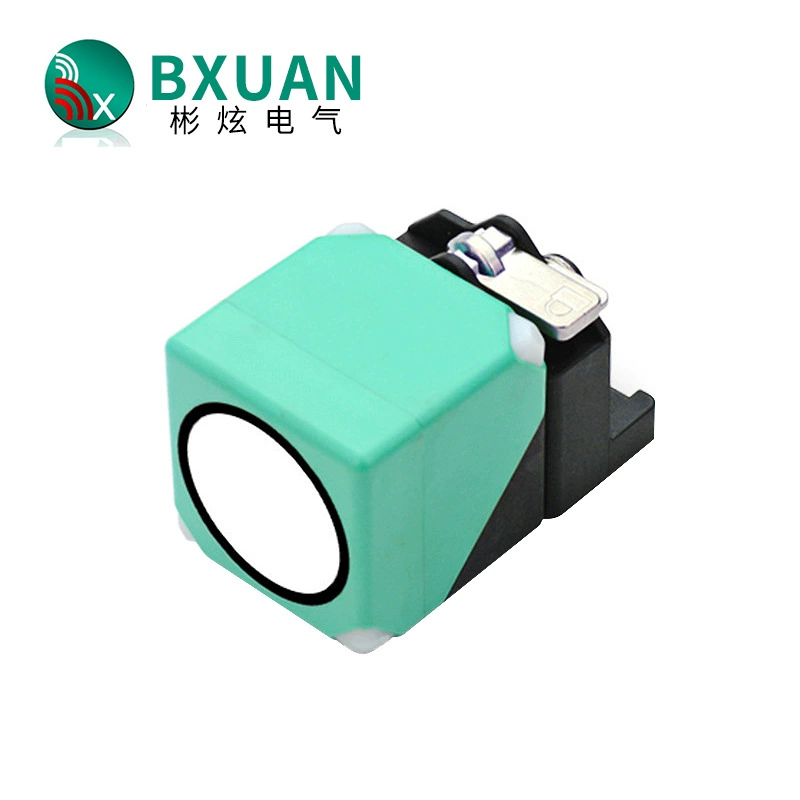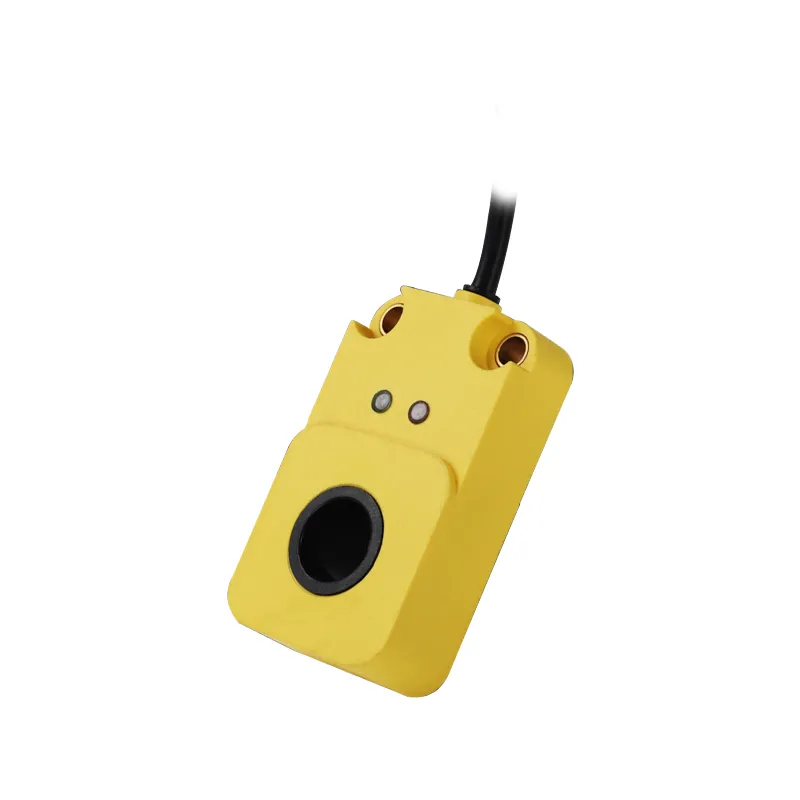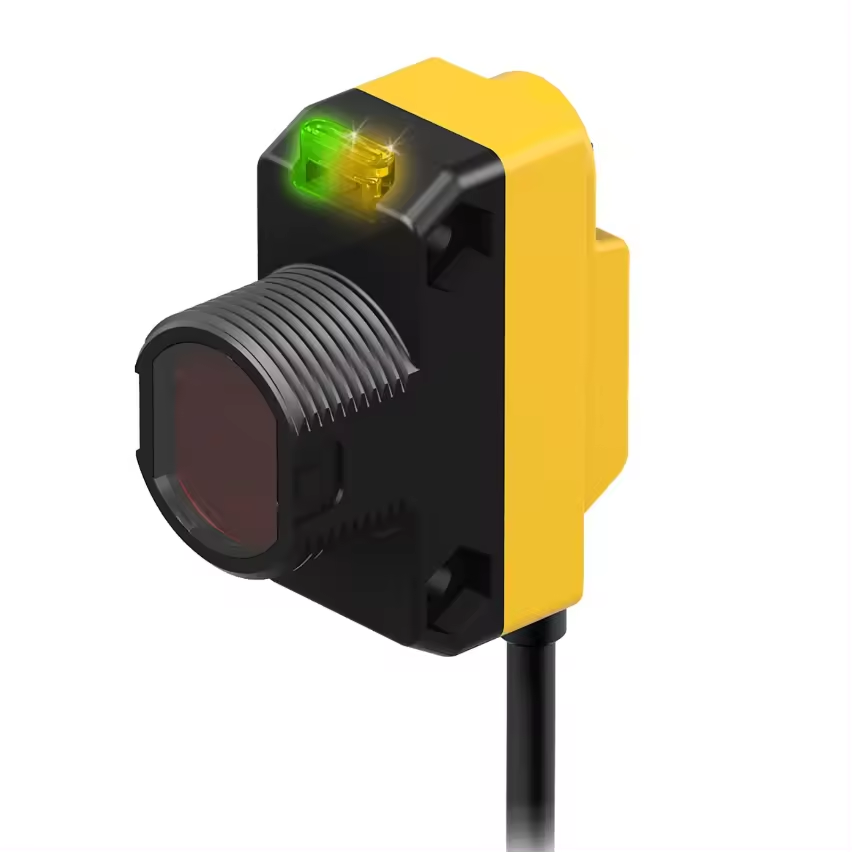inductive proximity sensor
An inductive proximity sensor is a sophisticated electronic device designed to detect the presence of metallic objects without physical contact. Operating on the principle of electromagnetic induction, these sensors generate a high-frequency electromagnetic field that interacts with conductive targets. When a metallic object enters this detection zone, the sensor induces eddy currents within the target, causing a change in the electromagnetic field. This change triggers the sensor's output, signaling the presence of the metal object. These sensors are engineered with robust construction, typically featuring a sensing face, processing electronics, and output circuitry housed in a durable enclosure. They offer exceptional reliability in industrial environments, with the ability to function effectively in temperatures ranging from -25°C to +70°C. Modern inductive proximity sensors incorporate advanced features such as adjustable sensing distances, LED status indicators, and various output configurations including NPN, PNP, or analog options. They excel in applications requiring precise position detection, speed monitoring, and metal object discrimination, making them invaluable in manufacturing processes, conveyor systems, and automated assembly lines. Their non-contact operation ensures long-term reliability and eliminates mechanical wear, while their solid-state design guarantees millions of operations without degradation in performance.










